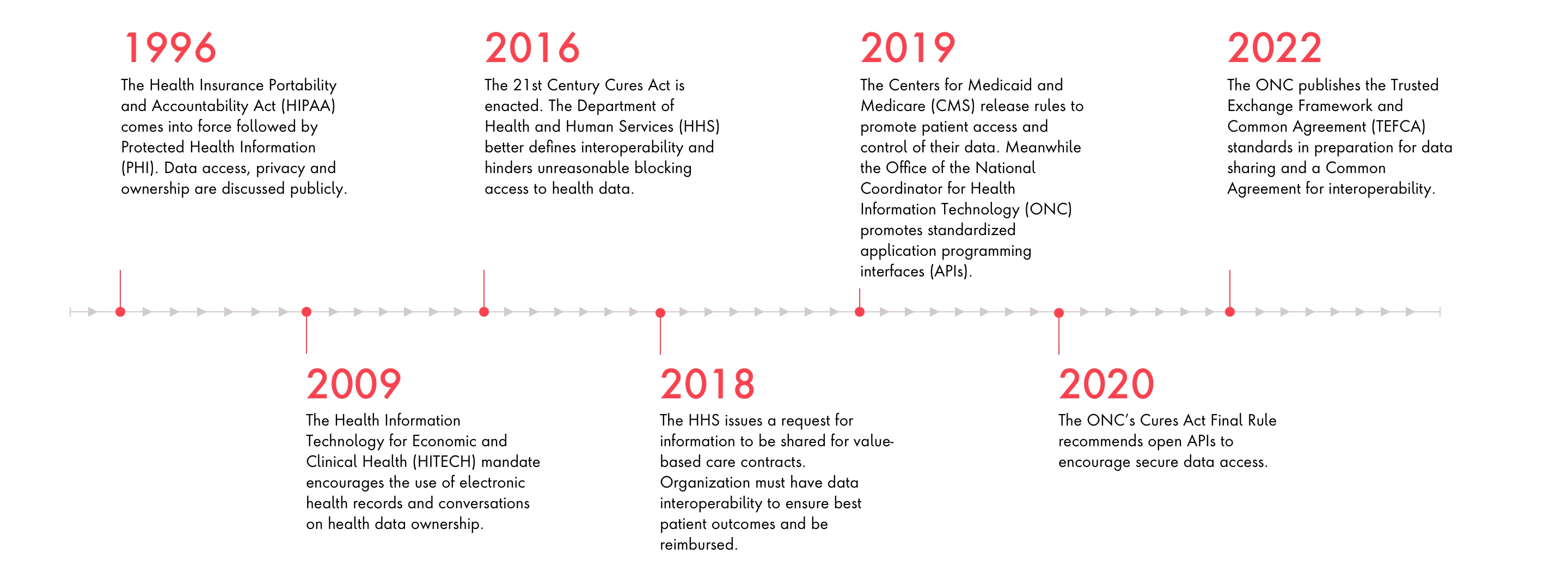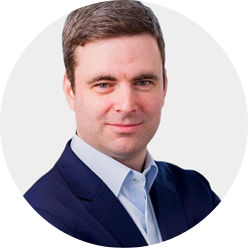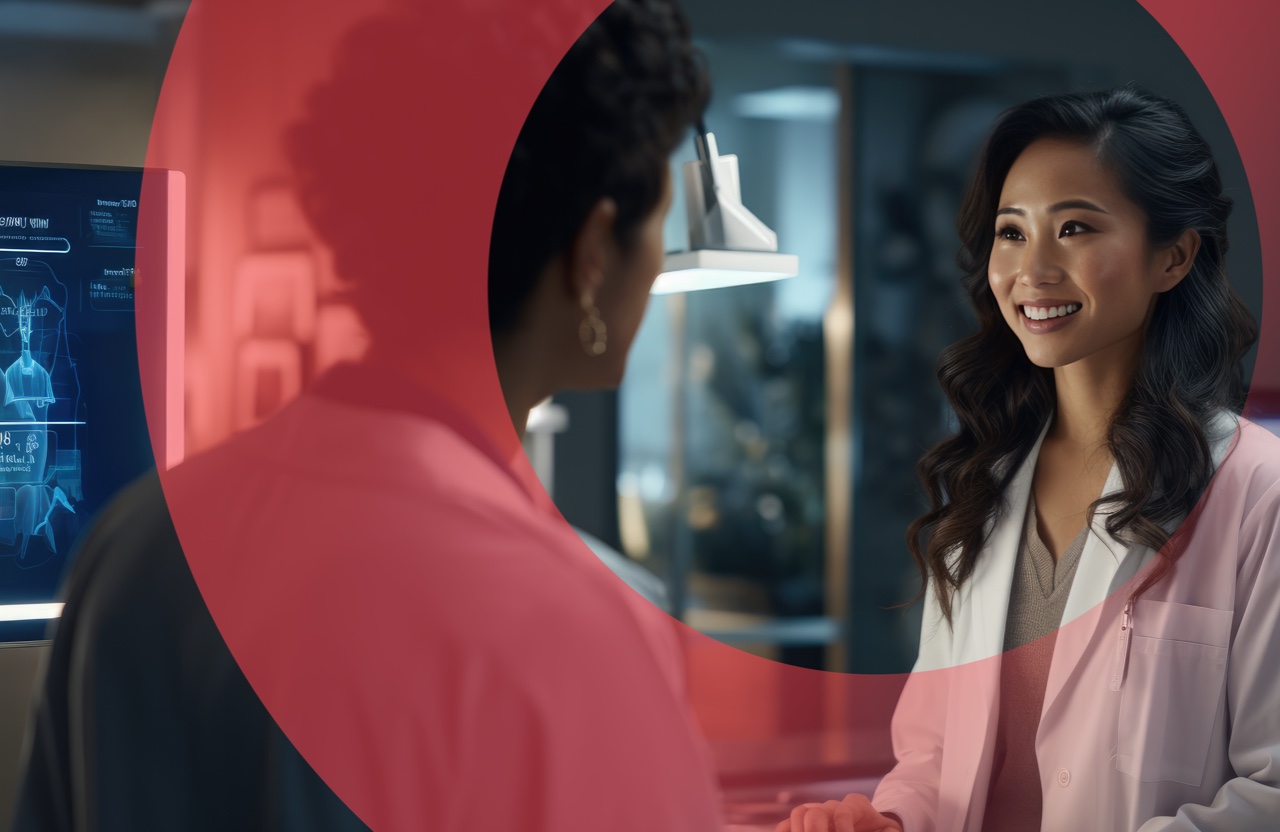What issue can we solve for you?
Type in your prompt above or try one of these suggestions
Suggested Prompt



Health
Why Data Is a Tool for Creativity in Improving Healthcare Outcomes
New ways of creatively using data are driving the digital transformation in healthcare. But there are a number of areas where data still needs significant foundational and systemic work. This article explores data usability, data utility and data bias to find out how healthcare organizations can achieve better data interoperability.
Data is not just functional—there are many possibilities
In 1907, Henry Plummer of the Mayo Clinic designed the single patient record. Previously, patient information was recorded according to the individual doctor’s preference which made it difficult to access prior information. Under the new system, each patient was registered upon arrival and assigned a serial number. All information about the patient’s care was placed in a central repository to which data could be continuously added.
Plummer’s work has influenced how hospitals are designed, how physicians work together and how they bring research and frontline care together. The single patient record became the genesis of the modern way of practicing medicine. Data was at the heart of transformation then, just as it is at the heart of digital transformation today.
Health data sharing is evolving
The focus on data over the last 20 years across industries has produced incredible results. Facebook’s knowledge graphs ensure people and information are connected to you in compelling ways. Spotify’s success is down to their algorithm that extracts metadata, conducts raw audio analysis and even considers cultural context. Amazon’s A9 algorithm creates seamless shopping experiences. In fact, most large organizations’ online experiences use personalization engines to determine next-best-action choices. And behind all of the front-end experiences is the successful collection, storage and use of data.
In the health sector, the state of play is more complicated. Other industries often started their journey in data by sharing data freely, rapidly moving between entities, with the use of this data preceding policies and regulations. But in healthcare, policies and regulations have developed in anticipation of data-sharing behaviors. In order for healthcare executives to digitally transform their sector and bring about similar levels of disruption seen outside of healthcare, they must innovate around how people use data, and how they address those that control it. All the while, they must acknowledge the ethical, safety and privacy issues around personal health and clinical data. This is one of the biggest contributing factors to why digital disruption is slow in healthcare.
When the iPhone launched in 2007, one of the main drivers of purchase was that it combined two devices—the users' cell phone and iPod—into one, reducing the need to carry both in one pocket. Apple had already primed users to interact in new ways with personal digital devices—the introduction of “the wheel” interface on the iPod encouraged people to tap and swipe on a hand-held screen. Although the hardware and software innovations captured headlines and billboards, the true key to innovation lay elsewhere. Without iTunes (now Apple Music), the functions of the iPod, and subsequently the iPhone, would not have been possible. People loved having access to thousands of tunes in the palm of their hand. How was Apple able to forever change how people consume music? Steve Jobs negotiated groundbreaking legal agreements with music labels. In healthcare, it is taking a long time to produce groundbreaking data use agreements, which will be the innovation that unlocks a digital health revolution.
Apple has expanded this approach of combining thoughtful data agreements with best-in-class interactions and products in the healthcare sector. Their health strategy is to “continue to create science-based technology that equips people with even more information and acts as an intelligent guardian for their health, so they’re no longer passengers on their health journey”. Starting in 2017, Apple was an early mover on HL7, collaborating and negotiating with health systems to enable EHR data to be pulled into their health app. To further build out the value they provided to users, they layered in data collected through the Apple Watch and dynamic screens that presented health data in useful ways, something previously not available. Behind Apple’s mission to engage people in their health are data agreements and new ways of interacting with data.
A brief timeline of data in healthcare
The history of leveraging health data is the foundation on which U.S. healthcare leaders will design future healthcare services. Here’s what healthcare executives need to know.

Bigger pipes, more places
The rallying cry coming from Capitol Hill has been that health data can no longer sit behind a locked door, where only a few hold the key. The data needs to move, but it’s taken 25 years just to get the data flowing. That’s a huge achievement, but not the end goal. The pipes have been made bigger, and they now go more places. But that doesn’t mean the data is any more usable.
The next stage: gaining value in data interoperability
Thanks to significant advancements in interoperability and data sharing requirements, the healthcare sector is at the precipice of doing something with all the data that is now flowing. The next stage is how to set up the foundational work for success. These are the areas where work needs to be done.
Data usability
The healthcare sector has unlocked tons of data, but usability is an issue. Data usability must be increased as quickly and as collaboratively as possible. Organizations need to focus on structuring their data so that it can be used internally and externally. The silos of data that exist are both unwieldy and risky to manage, resulting in inefficiency and hindrance to delivering actionable intelligence. This is a major area of activity with many people committed to making it work, such as the working group teams at the Sequoia Project and Carequality. These programs foster a network-to-network, trusted exchange framework developed by representatives from across healthcare to connect existing and future data-sharing networks with each other. Continual policy innovation and organizations like Epic, Cerner and Salesforce are also driving progress. But organizations that remove silos that keep data locked and unusable will be the true catalysts of digital transformation.
Data utility
The value that data can provide hinges not only on that data being free-flowing across the ecosystem, but also on gathering the right data for clear and meaningful use. Health sector leaders must explore the obvious and unobvious places where data can be used to drive better healthcare outcomes. They must image novel datasets to manage risks and empower patients to engage more in their own care, in addition to enabling payers and providers to practice at the top of their license.
Data bias
Bias in health data is not new but healthcare executives must be vigilant. They must resist data bias and proactively counter it to shrink the rapidly growing equity gap. This will require intentional generation of new data to understand the lived experiences of minority populations, seeking validation and guidance on refinement from members of underrepresented communities, and regularly pressure testing data models for bias. By taking action now, leaders in the health sector can alleviate concerns over growing institutional bias, especially with the rise of new capabilities such as generative AI.
How can we creatively use healthcare data in the future?
In 2000, Chris Downs sold all his personal data on eBay. According to the U.K.-based designer, his motivation was to explore data as a material and to demonstrate that data does have value. Downs is a designer and, just as a carpenter sees wood as his material, he sees data as his design material.
Following this analogy, what could we create using health data?
The digital health revolution is here.

The best digital experiences evolve from creatively using data. The world is on the cusp of a new era of healthcare transformation thanks to visionary minds. It’s time for innovative health data policymakers and influencers to seize this moment and optimize health data to enable better patient outcomes.
Related Reading
-
![]()
Insight
Reimagining Healthcare Experiences with Generative AI
Learn how artificial intelligence can elevate patient interactions and automate processes within provider, payer and pharmaceutical organizations.
-
![]()
Insight
The Post-Covid Patient-Centric Transformation
After the pressure of the pandemic, here’s how life sciences organizations can use digital to maintain lasting change and resiliency.
-
![]()
Insight
Pharma Growth–Mining Opportunity from Our New Virtual World
In a world radically transformed by COVID-19, pharmaceutical sales have moved out of conference rooms and now faces an unfamiliar environment where HCP and Consumer engagement and decisions are increasingly occurring in virtual spaces. Learn more here.







